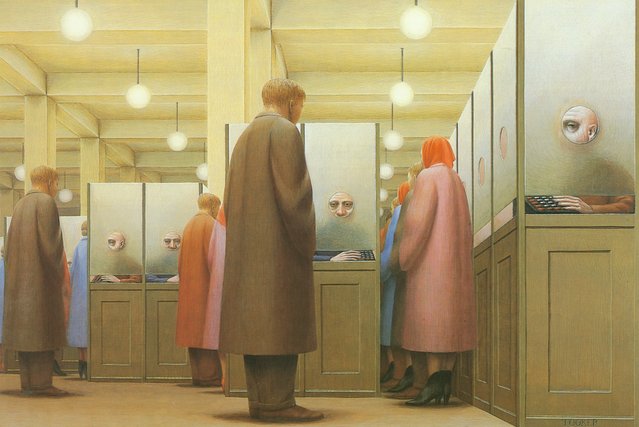
Pope John Paul II (1920–2005) is shot by would-be assassin Mehmet Ali Agca in St Peter's Square, 13th May 1981. His attendants help him into his white jeep after the incident. (Photo by Keystone/Hulton Archive/Getty Images)
02 May 2011 09:26:00,post received
0 comments







